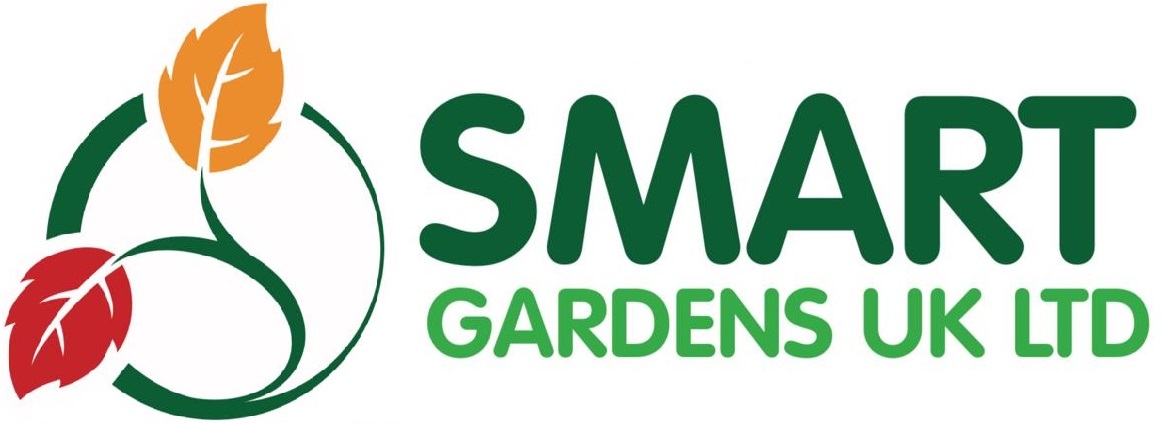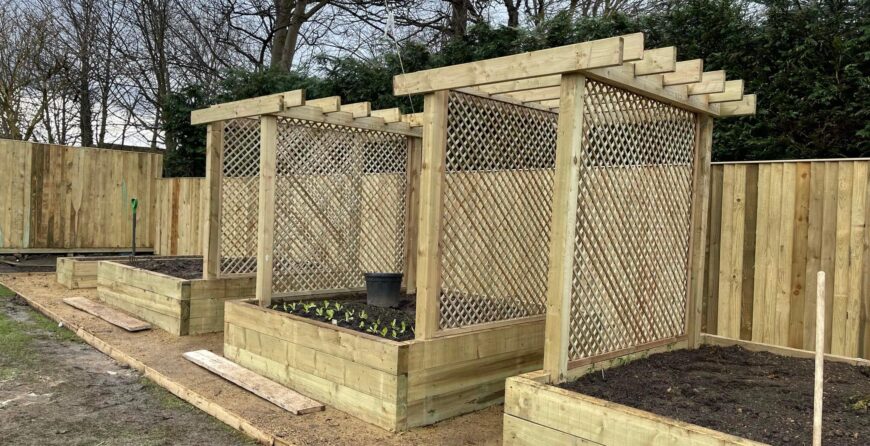Snow Removal Techniques for a Safe and Accessible Garden
Introduction:
Winter brings with it a magical blanket of snow that transforms our gardens into a winter wonderland. However, this picturesque scene can quickly turn into a hazard if proper snow removal techniques are not employed. Snow-covered pathways and driveways can become slippery and dangerous, making it difficult for homeowners and visitors to navigate their way safely. In this article, we will explore some effective snow removal techniques that will not only ensure the safety of your garden but also make it easily accessible during the winter months.
1. Shoveling:
Shoveling is one of the most common and effective snow removal techniques. However, it is important to approach shoveling with caution to avoid injury and strain. Here are some tips to keep in mind:
a) Use the right shovel: Invest in a sturdy, ergonomic shovel with a curved handle. This will help reduce strain on your back and make shoveling easier.
b) Warm-up: Before you start shoveling, warm up your muscles with some light stretching exercises. This will help prevent muscle strains and injuries.
c) Lift with your legs: When lifting snow, bend your knees and lift with your legs, not your back. This will help prevent back injuries.
d) Take breaks: Shoveling can be physically demanding, so take regular breaks to rest and hydrate. Overexertion can lead to fatigue and increase the risk of injury.
2. Snow Blowing:
For larger areas or heavy snowfall, a snow blower can be a lifesaver. Here are some tips for effective snow blowing:
a) Choose the right snow blower: Consider the size of your garden and the amount of snowfall in your area when selecting a snow blower. Opt for a model that suits your needs and is easy to maneuver.
b) Clear the area: Before you start snow blowing, remove any obstacles such as rocks, branches, or toys from the area. This will prevent damage to the snow blower and ensure a smooth operation.
c) Start with the right technique: Begin by blowing the snow in the direction of the wind. This will prevent the snow from blowing back onto the cleared areas. Work in a systematic pattern, moving from one side to the other, to ensure complete coverage.
d) Be mindful of safety: Keep children and pets away from the area while operating the snow blower. The powerful blades can cause serious injuries if not used with caution.
3. De-icing:
Removing snow is only half the battle; preventing ice formation is equally important. Here are some de-icing techniques to keep your garden safe and accessible:
a) Salt or sand: Spread a layer of salt or sand on your pathways and driveways to prevent ice formation. Salt lowers the freezing point of water, while sand provides traction, reducing the risk of slipping.
b) Eco-friendly alternatives: If you’re concerned about the environmental impact of salt, consider using eco-friendly de-icing alternatives such as calcium magnesium acetate or potassium chloride. These substances are less harmful to plants and wildlife.
c) Clear drainage: Ensure that your garden’s drainage system is clear of snow and ice. Blocked drains can lead to water accumulation, which can freeze and create hazardous conditions.
4. Professional Snow Removal Services:
If you have a large garden or find snow removal tasks physically challenging, hiring professional snow removal services can be a wise investment. These experts have the necessary equipment and expertise to efficiently clear snow from your garden, ensuring its safety and accessibility throughout the winter season.
Conclusion:
Snow removal is a crucial aspect of maintaining a safe and accessible garden during the winter months. By employing the right techniques, such as shoveling, snow blowing, de-icing, and considering professional services, you can ensure the safety of your garden and enjoy the beauty of winter without any worries. Remember to prioritize safety, take breaks when needed, and always be mindful of the potential hazards associated with snow removal. Stay warm, stay safe, and enjoy the wonders of a snow-covered garden!


